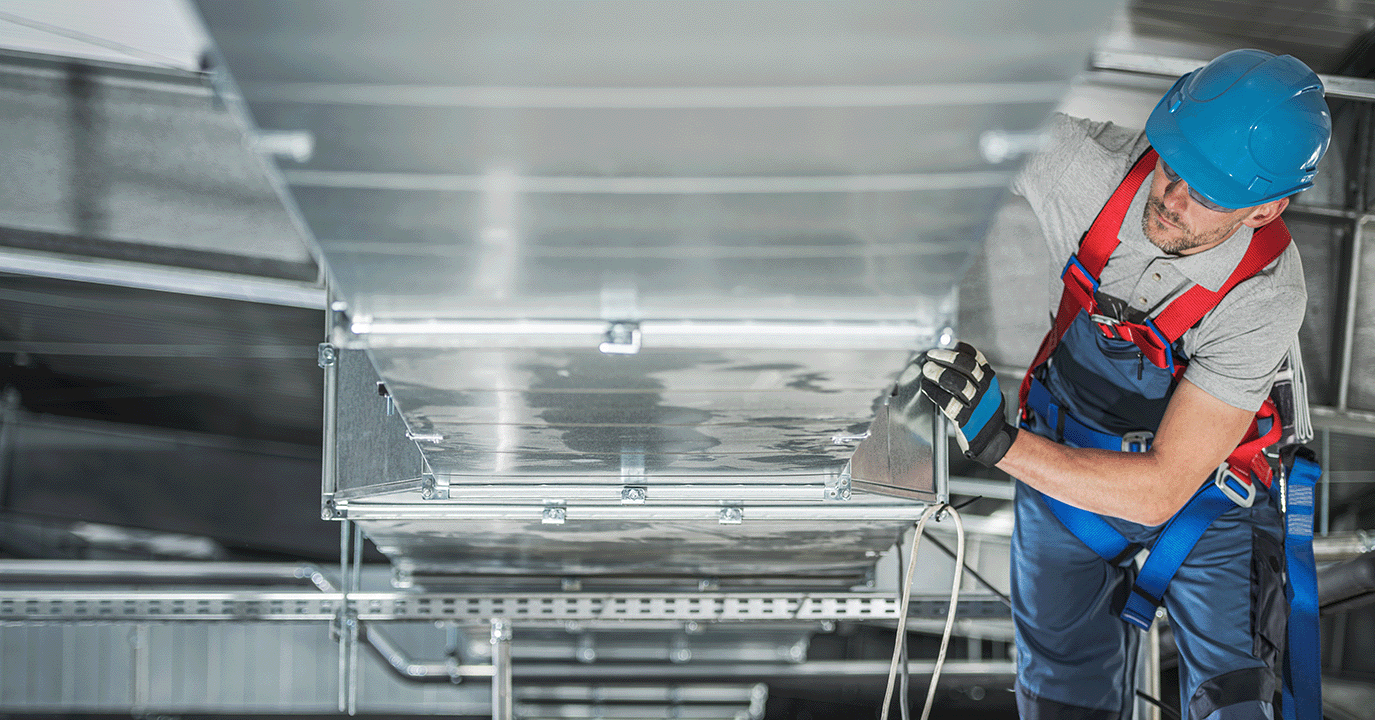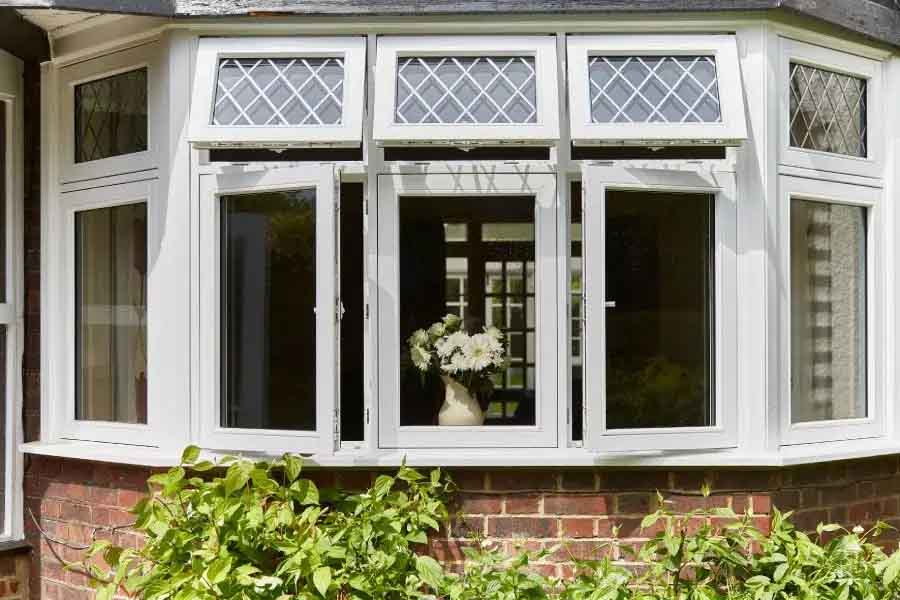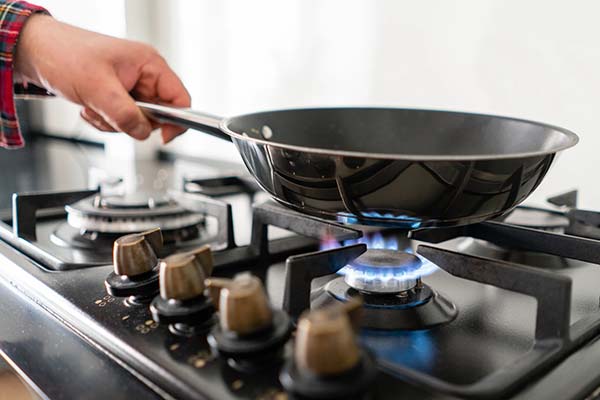UVGI vs Bipolar Ionisation in Non-Residential Buildings
For building managers looking for an air cleaning solution, ultraviolet germicidal irradiation (UVGI) and bipolar ionisation (BPI) are often recommended for the same problems, because they both work well and several of their benefits overlap. And yet, there are differences that mean one is more suitable than the other.
When installed correctly, both are highly effective for cleaning the air of unwanted pollutants, but if you are considering which one to choose for your building, the answer is: it depends.
It depends on your requirements and the state of your indoor air. What contaminants are you targeting? What HVAC system does your building have in place? What is the air flow like in your target spaces?
Before we run through bipolar ionisation vs UV light, here is a quick overview of how the two solutions actually work (or you can skip straight to our lists of pros and cons.)
How UVGI and BPI work
UVGI uses UV-C light to inactivate biological contaminants, including bacteria, moulds and viruses like Covid-19, by damaging their DNA so that they cannot reproduce.
Learn all about how UVGI works with our UVGI Explainer here.
Bipolar ionisation, also known as needlepoint bipolar ionisation or NPBI, produces an electrical charge that adds or removes an electron from air molecules creating ions. These ions are unstable and highly reactive to other molecules that they collide with, as well as to each other.
The device disperses them into the air, where they continually react with pollutants, interfering with microorganisms’ protein spikes, binding to PMx (causing particles to drop out of the air or be caught in filters), and converting VOCs into carbon dioxide and water.
NB: When we talk about bipolar ionisation products, we always mean needlepoint bipolar ionisation (NPBI), which is the method that does not produce ozone. All ARM Environments bipolar ionisation devices come with a UL2998 “ozone free” certification.
Learn more about how bipolar ionisation works here.
Pros and cons of UVGI vs BPI
At ARM Environments, we employ both UVGI and BPI solutions in non-residential buildings, so we won’t ever recommend one over the other. We will only recommend what is right for your requirements.
Check the tables below for the pros and cons of UVGI versus the pros and cons of bipolar ionisation.
(We see them as “advantages and limits”, because the cons are always manageable.)
|
UVGI |
||
|
Advantages |
Limits |
|
|
Contaminants |
Inactivates biological contaminants: bacteria, moulds and viruses. |
Does not clean VOCs or PMx |
|
Energy efficiency |
Cleans AHU cooling coils improving heat transfer efficiency. |
Can require up to 140 watts per lamp |
|
Pressure impact |
Minimal impact |
|
|
Installation |
Multiple locations including AHU, ductwork and in-room |
An exact number of bulbs must be installed to work for the target contaminant |
|
Byproducts |
None |
|
|
Maintenance |
Bulbs must be replaced after 18,000 hours |
|
|
Recommendations |
Endorsed by ASHRAE and recommended in CIBSE Approved Document F. |
|
|
Bipolar Ionisation |
||
|
Advantages |
Limits |
|
|
Contaminants |
Not selective. Inactivates nearly all contaminants |
Does not remove gases CO2 or NO2 |
|
Energy efficiency |
Requires less than 1 watt to operate. Cleans recirculated air reducing need for outside air |
|
|
Pressure Impact |
Minimal impact |
|
|
Installation |
Multiple locations including AHU, fan coil unit and branch duct |
No one-size-fits-all. The right-sized device must be selected for the target space |
|
Byproducts |
None in newer needlepoint bipolar ionisation solutions |
Older devices emit ozone. Only purchase solutions with UL2998 “ozone free” certification. |
|
Maintenance |
Low to no maintenance |
|
|
Recommendations |
Yet to be endorsed by industry bodies, but studies confirm its effectiveness |
|
Similarities
Both require optimal installation
Neither air cleaning solution is one-size-fits-all. They must be optimised for the right location with the right strength or they will not be effective.
Read more on how to select and install your UVGI solution here.
See our bipolar ionisation products and solutions page for recommendations on where to place devices in your building.
No matter what, we always recommend assessing your building’s indoor air quality in depth before choosing any solution.
Both are energy efficient
When comparing the two, bipolar ionisation is more energy efficient than UVGI, but it has to be said that the 18,000 hours lifespan of a UV bulb is just over 2 years.
When comparing them against HEPA filters, both save a lot more energy, as they do not increase pressure when in the ductwork.
Both have low impact on pressure
Because they do not restrict air flow, neither choice will cause a drop in pressure. Whereas, HEPA filters will force fans to work harder in order to keep the same level of pressure within the ductwork.
Neither reduce CO2 or NO2
No air cleaning solution – whether HEPA filter, UVGI or BPI – can remove CO2 or NO2 from your indoor air. There is no substitute for good ventilation and filtration in a building; these air cleaning solutions are only enhancements.
Differences
BPI targets more contaminants
UVGI exclusively targets biological pollutants, whereas bipolar ionisation is not selective. Be aware of exactly what you are cleaning the air from, and consider complementing with other solutions like appropriate filter material.
UVGI sits in more locations
Bipolar ionisation should always sit within your HVAC system. Best practice is to place your device as close to the target space as possible.
UVGI has an in-room option called upper-room UVGI where you place a device on the wall that shines UV light upwards, cleaning the air in the top half of the room.
Work with different air velocities
The effectiveness of both UVGI and BPI relies on the speed of the air passing by their devices. UV-C light takes time to inactivate microbes so the slower the air goes past, the more of it can be cleaned. However, ions need to reach polluting molecules to react with them so the faster the air distributes them, the better.
UVGI has multiple applications
UV light can clear microbes from anything it reaches, so while UVGI is mostly used to clean the air, it also cleans surfaces. Place your solution inside your HVAC system near cooling coils, fan coils and drip trays to keep them clear of bacteria and moulds. This will reduce the cleaning requirement, though we always recommend you do your annual ductwork inspections.
What’s the best solution for you?
This is a question that you can only answer when you have assessed your building. Depending on your HVAC system, you might need a combination of both, or another solution entirely.
Remember that neither of these is a silver bullet for optimal indoor air quality. The only way to get there is to apply them in tandem with good ventilation and IAQ monitoring.
You can look through our bipolar ionisation products and solutions or talk to us about your IAQ requirements, with the contact form below, and we’ll take you through the optimal UVGI and NBPI solutions for your building.
Talk to us about UVGI and BPI





